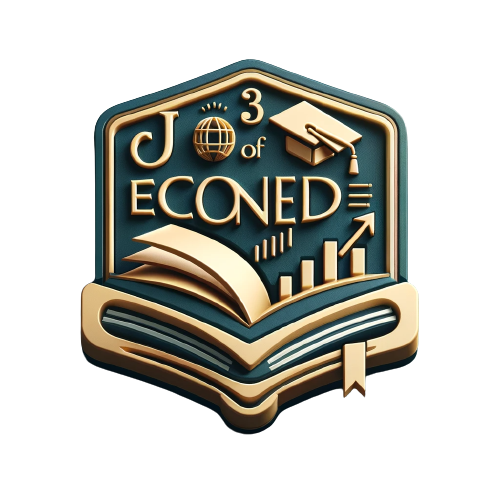Revolutionizing Learning: Modern Economics Teaching Tools
In the quest to demystify the often complex world of economics, educators are constantly seeking innovative methods to bring clarity and engagement to their teaching. Enter the era of modern economics teaching tools – a game-changer in the educational landscape. This article will delve into how these tools are revolutionizing the way economics is taught, making it more accessible, engaging, and impactful for learners of all ages.
The Evolution of Economics Teaching
Gone are the days when economics education was confined to textbooks and lecture halls. Today, modern economics teaching tools are setting new benchmarks for how subjects can be taught in a more interactive, practical, and fun way. From online simulations that mimic real-life economic scenarios to interactive quizzes that provide instant feedback, these tools are reshaping the learning experience.
Why Modern Tools Matter
The significance of these modern tools lies in their ability to translate abstract economic theories into tangible experiences. By doing so, they help students grasp complex concepts more readily, see the real-world applications of their studies, and engage with the material on a deeper level.
Spotlight on Modern Economics Teaching Tools
Let’s explore some of the most effective modern teaching tools that are making waves in the world of economics education.
Online Simulations
Online simulations, such as those offered by the Federal Reserve’s Econ Lowdown or the Stock Market Game, allow students to experience economic principles in action. These platforms enable learners to engage in activities like managing a virtual economy or trading stocks in a simulated environment, providing practical insights into market dynamics and economic decision-making.
Interactive Textbooks
Interactive textbooks represent another leap forward. Platforms like Pearson’s MyLab Economics and McGraw-Hill’s Connect offer digital textbooks that come alive with interactive graphs, quizzes, and videos. This multimedia approach caters to different learning styles and keeps students engaged.
Economic Data Analysis Tools
Tools like FRED (Federal Reserve Economic Data) and Google Public Data Explorer empower students to explore and analyze real economic data. By working with actual datasets, learners can develop valuable analytical skills and gain a better understanding of economic indicators and their impacts.
Mobile Apps for Economics
With the ubiquity of smartphones, mobile apps have become a convenient way for students to engage with economic concepts on the go. Apps like Economy, EconEdLink, and Marginal Revolution University offer bite-sized lessons, quizzes, and videos that make learning economics flexible and accessible.
Implementing Modern Tools in Teaching
Incorporating these tools into the economics curriculum can seem daunting, but the rewards are immense. Here are some tips for educators looking to integrate modern teaching tools:
- Start Small: Begin by incorporating one tool into your curriculum to see how it fits with your teaching style and meets your students’ needs.
- Encourage Exploration: Give students the freedom to explore these tools independently. This fosters self-directed learning and helps them discover aspects of economics that genuinely interest them.
- Blend Traditional and Modern Methods: Use modern tools to complement traditional teaching methods, not replace them. A blended approach can offer the best of both worlds.
FAQs
Q: Are modern economics teaching tools suitable for all education levels?
A: Yes, there are tools designed for various educational levels, from elementary students learning basic economic concepts to university students analyzing complex economic data.
Q: Can these tools help with remote learning?
A: Absolutely! Many of these tools are designed for online use, making them perfect for remote learning environments. They offer interactive and engaging ways to learn economics from anywhere.
Q: How do I choose the right tools for my classroom?
A: Consider your educational objectives, your students’ needs, and the resources available to you. Start with free tools to assess their effectiveness before exploring paid options.
Conclusion
Modern economics teaching tools are not just changing the way we teach economics; they’re transforming how we understand it. By making the subject more accessible, engaging, and practical, these tools are helping students to not only grasp but also apply economic principles in real-world situations. Whether through simulations, interactive textbooks, data analysis tools, or mobile apps, the possibilities are endless.
As educators, embracing these tools can significantly enhance our teaching methods, providing a more enriching and effective learning experience for our students. So why not take the plunge and explore the dynamic world of modern economics teaching tools? Your students will thank you for it, and you might just reignite your passion for teaching economics in the process.




